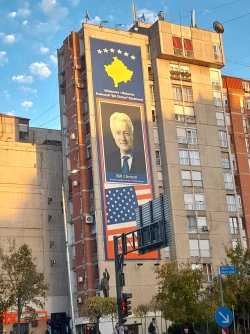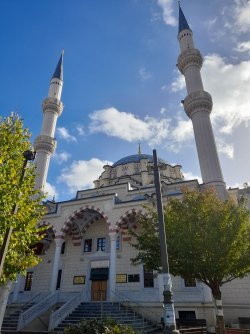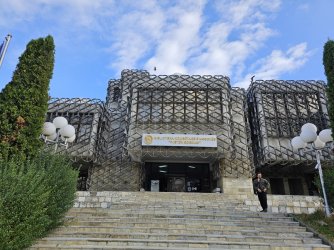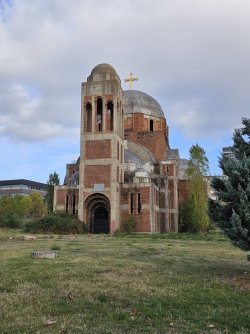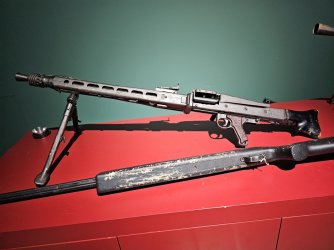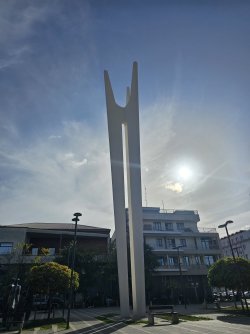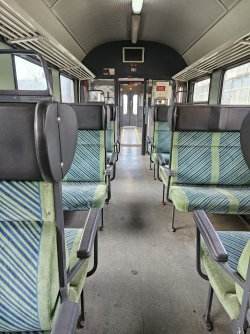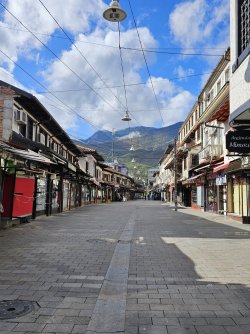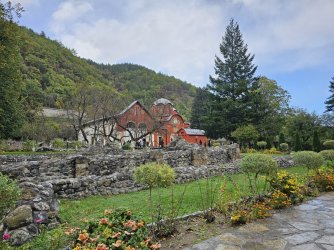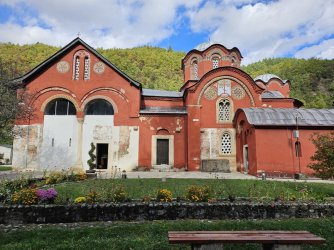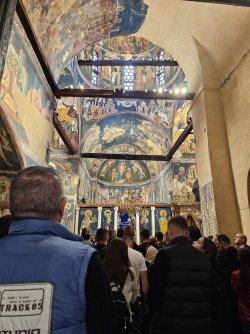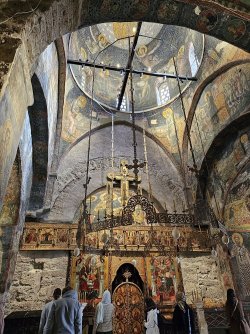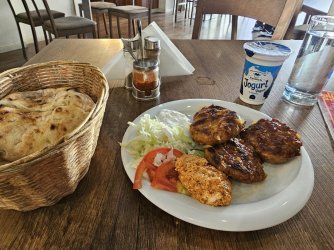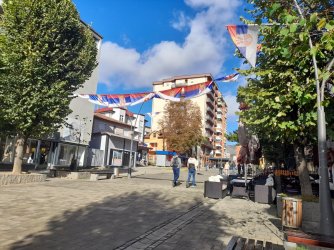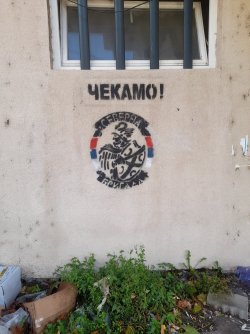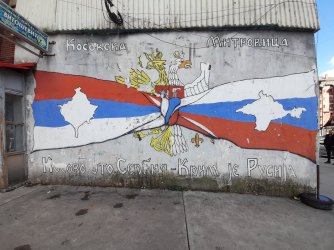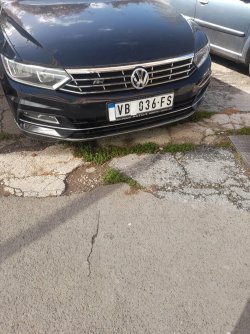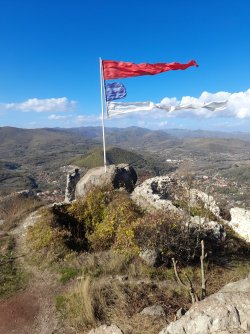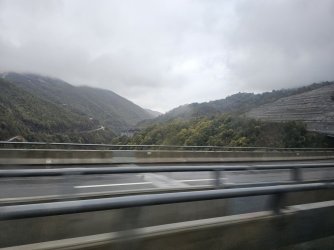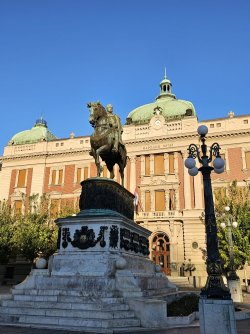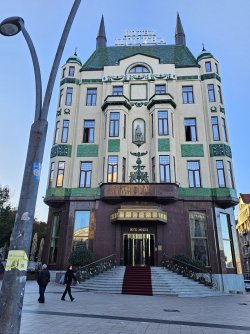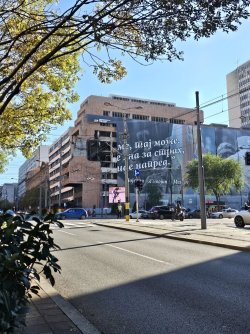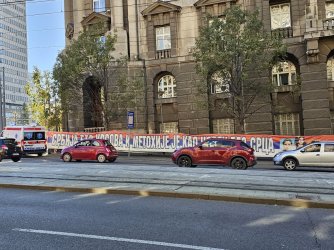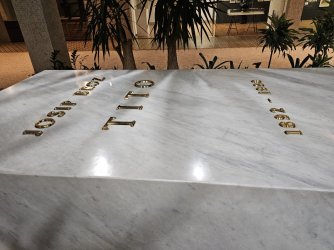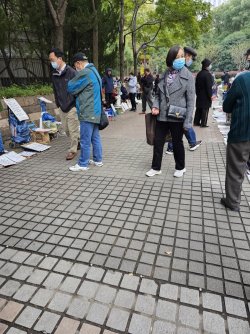- Joined
- Jan 20, 2019
- Posts
- 153
- Virgin
- Gold
Three days in Kosovo (via Shanghai, Amsterdam, Skopje, and Belgrade)
I had two weeks' leave in Nov and planned to spend a week in Kosovo. After losing several days in transit and then resting with an exacerbation of the Achilles' tendinitis I had left Australia with, that ended up being only three days of actual touristing. I'll share a bit of how I got there and what I did, and a few tips if you want to plan your own trip there.
Kosovo was part of Yugoslavia as an autonomous region with a mix of ethnic Serbs and Albanians. As with other Yugoslav republics in the late 20th century after Tito's death, there was Serb-perpetrated ethnic cleansing. NATO then bombed Serbia and helped the Albanians under the Kosovo Liberation Army (UÇK). The Serbs were subsequently persecuted and mostly expelled. Kosovo declared independence in 2008, though it remains unrecognised by Serbia, Serbia's allies, and a handful of EU countries.
Getting there
I flew to Amsterdam on China Eastern. I had a stopover in Shanghai and stayed at the Royal Shanghai International Hotel.
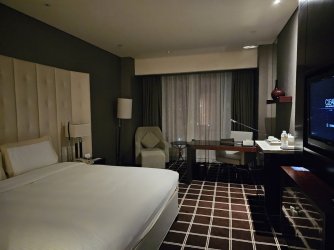
The room was nice and there is an option for a buffet breakfast with the typical attentive Chinese service (it costs the same as room service breakfast - I would recommend taking the buffet instead). It's good as an airport hotel for layovers, but a bit far from downtown if you want to spend time there.
In Amsterdam I did the usual window shopping and getting high but also visited the university city of Leiden, which saw most of the Netherland's greatest contributions to science. The world's oldest observatory is there and distinguished physicists like Huygens, van der Waals and Einstein were from or worked there. The science museum in Leiden currently has an exhibit that showcases some of van Leeuwenhoek's original microscopes and diagrams.
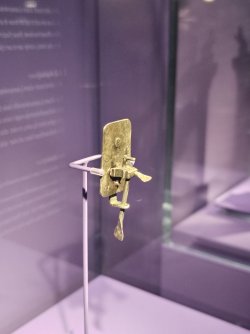
From the southern city of Eindhoven I slummed it on Wizz Air to Skopje. There was terrible stormy weather and many of the flights to EU destinations were diverted or cancelled, but I suppose for immigrations control purposes the non-EU ones were prioritised and went ahead.
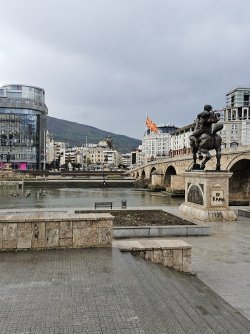
A couple of years ago the Macedonian government commissioned a bunch of statues to be erected all over Skopje so you can't walk 100 metres in the city centre without seeing some kind of statue. The visitor can decide if it's kitsch or genuine patriotism.
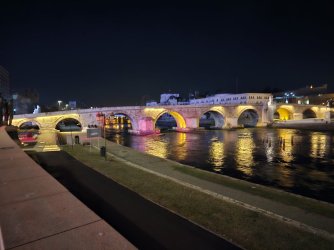
The city is quite beautiful at night with the lights over the river and the neo-Classical façades of the buildings.
The museum of the occupation of Macedonia is in my opinion a unique museum well worth a visit if you're there. I was told sternly not to take photos and there were soldiers inside standing guard. It is light on actual information but contains a lot of artefacts from the Ottoman occupation up to the end of Yugoslavia. There are also numerous realistic wax figures of notable personnages and large, metres-wide paintings of battle scenes - it's almost an art museum that tells stories rather than give detailed accounts and information. Perhaps this fictionalisation/dramaticisation of history is analogous to the city centre's statues, a deliberate attempt at constructing a particular narrative of Macedonian history.
If you're interested in the history, read up on it before you come. In a nutshell, for several centuries Macedonia had been under occupation or partition by the Ottomans, Greece, Bulgaria, and Serbia. The subject of Greece is still a bit touchy (the national museum constantly makes reference to "the part of Macedonia under Greece"). The revolts against the Ottomans were key events in the development of a national consciousness. The periods of Bulgarian and Serbian rule are also not viewed warmly, which may be one reason the standardisation of a Macedonian language was such an important part of the resistance movement. Macedonian and Bulgarian are very similar and the former had for a long time been viewed as a dialect of the latter (similar politically to how Ukrainian was viewed as a dialect of Russian during the empire). Unlike the other Yugoslav republics, Macedonia's secession didn't involve conflict with Serbs but rather with the ethnic Albanian minority.
From Skopje I took the bus to Prishtina, the capital of Kosovo. The trip takes roughly two hours.
I had two weeks' leave in Nov and planned to spend a week in Kosovo. After losing several days in transit and then resting with an exacerbation of the Achilles' tendinitis I had left Australia with, that ended up being only three days of actual touristing. I'll share a bit of how I got there and what I did, and a few tips if you want to plan your own trip there.
Kosovo was part of Yugoslavia as an autonomous region with a mix of ethnic Serbs and Albanians. As with other Yugoslav republics in the late 20th century after Tito's death, there was Serb-perpetrated ethnic cleansing. NATO then bombed Serbia and helped the Albanians under the Kosovo Liberation Army (UÇK). The Serbs were subsequently persecuted and mostly expelled. Kosovo declared independence in 2008, though it remains unrecognised by Serbia, Serbia's allies, and a handful of EU countries.
Getting there
I flew to Amsterdam on China Eastern. I had a stopover in Shanghai and stayed at the Royal Shanghai International Hotel.

The room was nice and there is an option for a buffet breakfast with the typical attentive Chinese service (it costs the same as room service breakfast - I would recommend taking the buffet instead). It's good as an airport hotel for layovers, but a bit far from downtown if you want to spend time there.
In Amsterdam I did the usual window shopping and getting high but also visited the university city of Leiden, which saw most of the Netherland's greatest contributions to science. The world's oldest observatory is there and distinguished physicists like Huygens, van der Waals and Einstein were from or worked there. The science museum in Leiden currently has an exhibit that showcases some of van Leeuwenhoek's original microscopes and diagrams.

From the southern city of Eindhoven I slummed it on Wizz Air to Skopje. There was terrible stormy weather and many of the flights to EU destinations were diverted or cancelled, but I suppose for immigrations control purposes the non-EU ones were prioritised and went ahead.

A couple of years ago the Macedonian government commissioned a bunch of statues to be erected all over Skopje so you can't walk 100 metres in the city centre without seeing some kind of statue. The visitor can decide if it's kitsch or genuine patriotism.

The city is quite beautiful at night with the lights over the river and the neo-Classical façades of the buildings.
The museum of the occupation of Macedonia is in my opinion a unique museum well worth a visit if you're there. I was told sternly not to take photos and there were soldiers inside standing guard. It is light on actual information but contains a lot of artefacts from the Ottoman occupation up to the end of Yugoslavia. There are also numerous realistic wax figures of notable personnages and large, metres-wide paintings of battle scenes - it's almost an art museum that tells stories rather than give detailed accounts and information. Perhaps this fictionalisation/dramaticisation of history is analogous to the city centre's statues, a deliberate attempt at constructing a particular narrative of Macedonian history.
If you're interested in the history, read up on it before you come. In a nutshell, for several centuries Macedonia had been under occupation or partition by the Ottomans, Greece, Bulgaria, and Serbia. The subject of Greece is still a bit touchy (the national museum constantly makes reference to "the part of Macedonia under Greece"). The revolts against the Ottomans were key events in the development of a national consciousness. The periods of Bulgarian and Serbian rule are also not viewed warmly, which may be one reason the standardisation of a Macedonian language was such an important part of the resistance movement. Macedonian and Bulgarian are very similar and the former had for a long time been viewed as a dialect of the latter (similar politically to how Ukrainian was viewed as a dialect of Russian during the empire). Unlike the other Yugoslav republics, Macedonia's secession didn't involve conflict with Serbs but rather with the ethnic Albanian minority.
From Skopje I took the bus to Prishtina, the capital of Kosovo. The trip takes roughly two hours.








